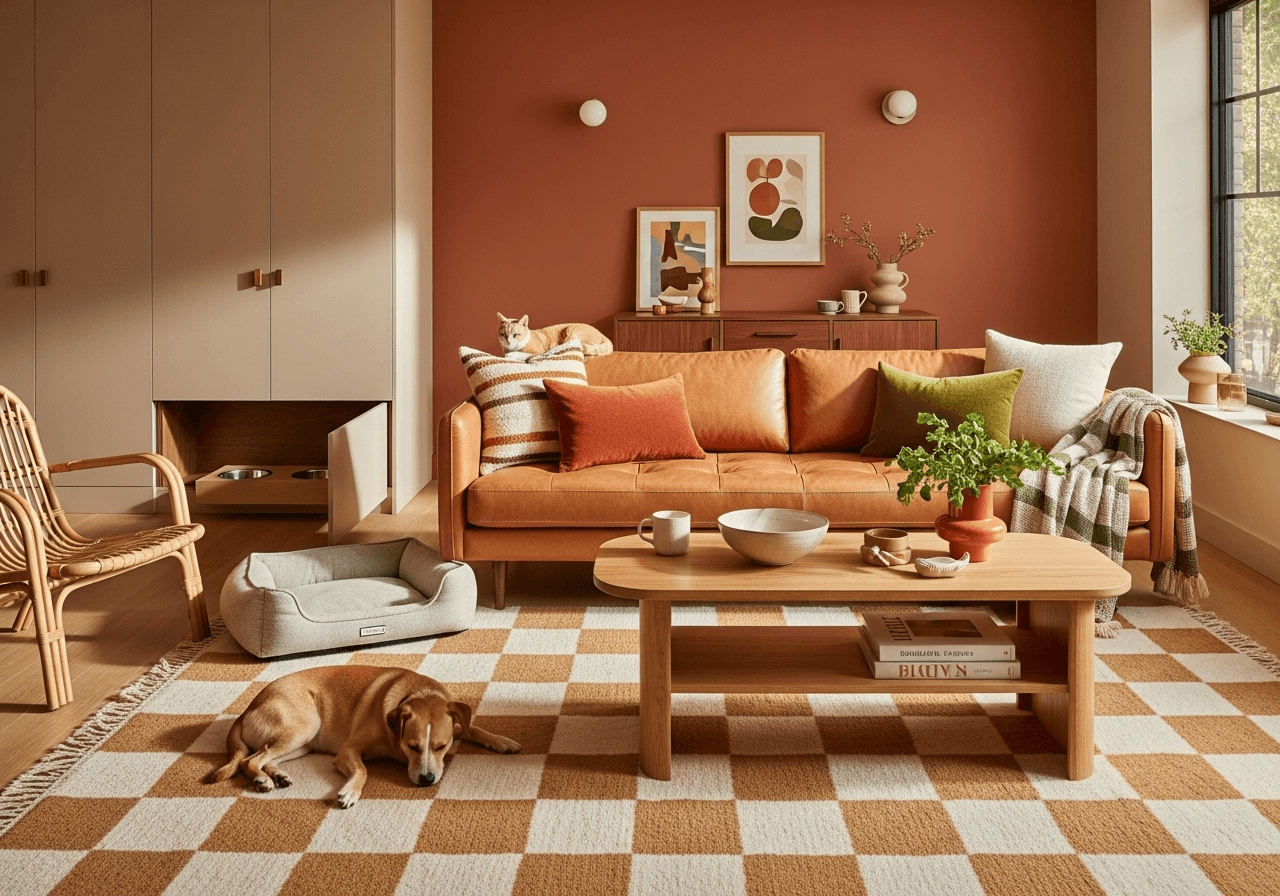Sustainable Design: A Look Into Closed-Loop Textiles
The impact of producing textiles is very high and – right now – the industry is pretty wasteful (like many others). From upholsteries to drapes, textiles are everywhere in interiors, so this is very much an interior design concern as well.
These days, options are being developed to tackle both the impact of textile-making processes and end-of-life waste. What follows is a review of some sustainable textile innovations…
From Old to New
Using old textiles to make new ones is one of the most intuitive ways to close the loop in textile manufacturing. But it’s not always easy to put into practice, especially when it comes to mixed-yarn fabrics.
ReBlend does exactly that, sourcing end-of-life textiles (even if mixed-yarn) and giving them a new life. The making process saves a considerable amount of water, energy, and pollution plus – of course – rescuing textiles from landfills. The resulting fabrics take their color mainly from the existing yarn, with little-to-no extra dying. Not less important, fabrics are taken back after use to reuse them again and again.

Credit: ReBlend

Credit: ReBlend
Tackling Packaging Waste
Single-use packaging is a giant problem in our world.
Remeant is addressing it through textiles, making use of non-recyclable packaging materials such as bubble wrap and aluminum foil. Turning this waste into fabrics takes advantage of the durability of the raw materials, creating something that's meant to last a lot longer than single-use packaging.

Credit: Remeant

Credit: Remeant
Where Stone Meets Fabric
If there’s one thing sustainable innovation does is stimulate creativity, ending up with seriously out-of-the-box solutions.
How about marrying textiles and stone? This is what Marm/more is doing, incorporating waste marble powder into an innovative and circular fabric coating that makes the end product more resistant and shiny.

Credit: Marm/more

Credit: Marm/more
Coming From the Forest
Cellulose is another material that can be turned into fabric.
Spinnova does it through a zero-waste process that uses very little water and doesn’t employ harmful chemicals. The same process works regardless of the origin of cellulose: certified wood, post-consumer cotton, or waste biomasses. When the time comes, the used fabric can be fed right into the process to make a new one without quality loss, in a never-ending loop.

Credit: Spinnova

Credit: Spinnova
Unleather
Not all leather alternatives are created equal and not all of them are equally sustainable. Mylo by Bolt Thread is a leather alternative made almost entirely of mycelium. Mycelium grows on sawdust and organic matter in a vertical farming facility that replicates natural conditions, then it is processed and dyed. The resulting fabric is incredibly similar to leather and very promising.

Credit: Mylo

Credit: Mylo
Sustainable innovation is happening and less impactful options are increasing. Getting to know them is the first step. The next step is on us: how can we incorporate these materials in our designs? The challenge is open…
This article was written by Silvia from DforDesign.
Meet The Author
Silvia is an interior designer and content creator who resides in Switzerland. For her, interior design is way more than aesthetics. That's why she says that she's on a mission to make interior good for wellbeing and our planet.
Both on clients' projects and on the blog, her work focuses on:
Biophilic Design: wellbeing-centered interiors that take inspiration from nature.
Sustainable Design: products & materials that are mindful of the environment and support the development of a circular economy.










 20h left
20h left




